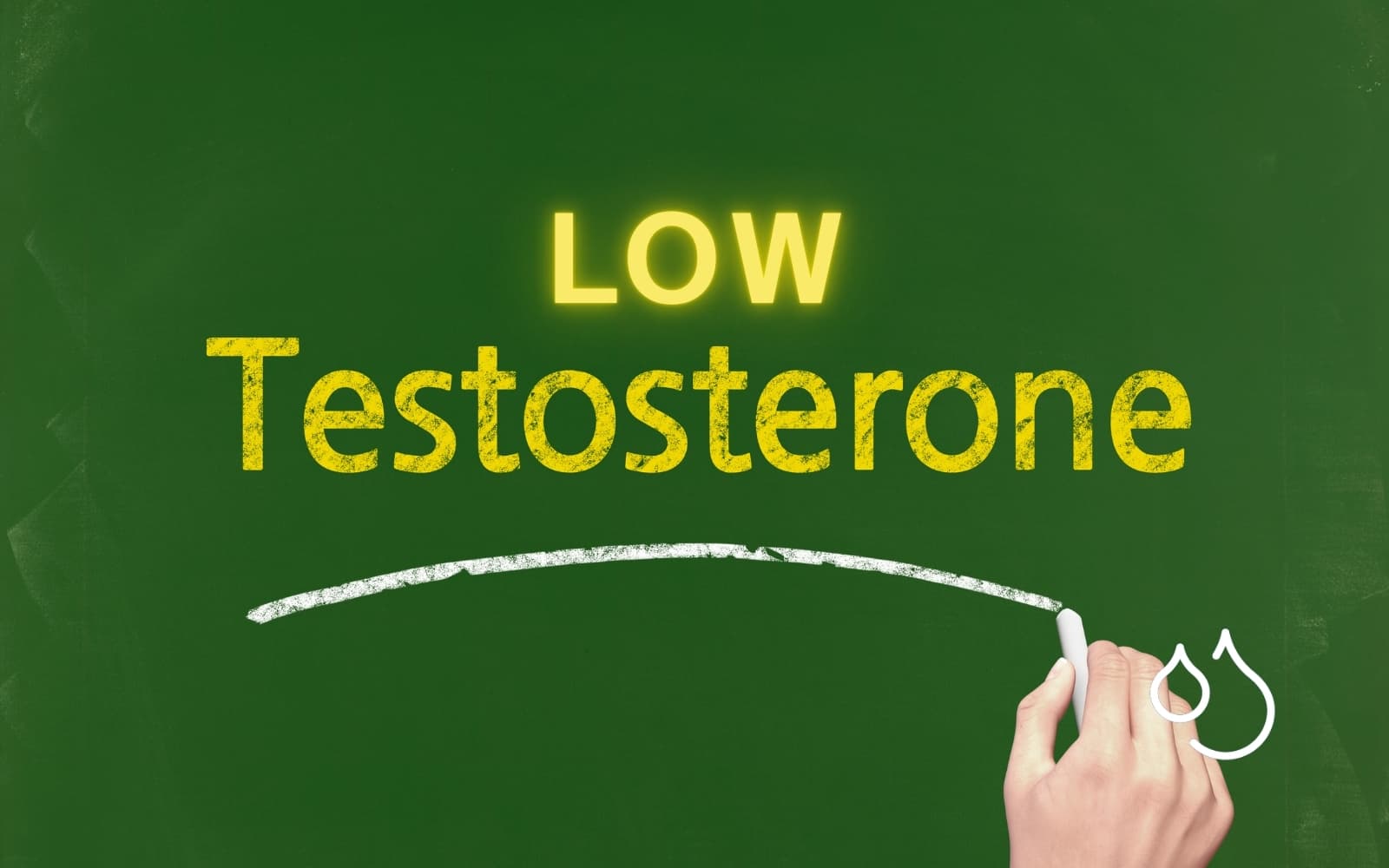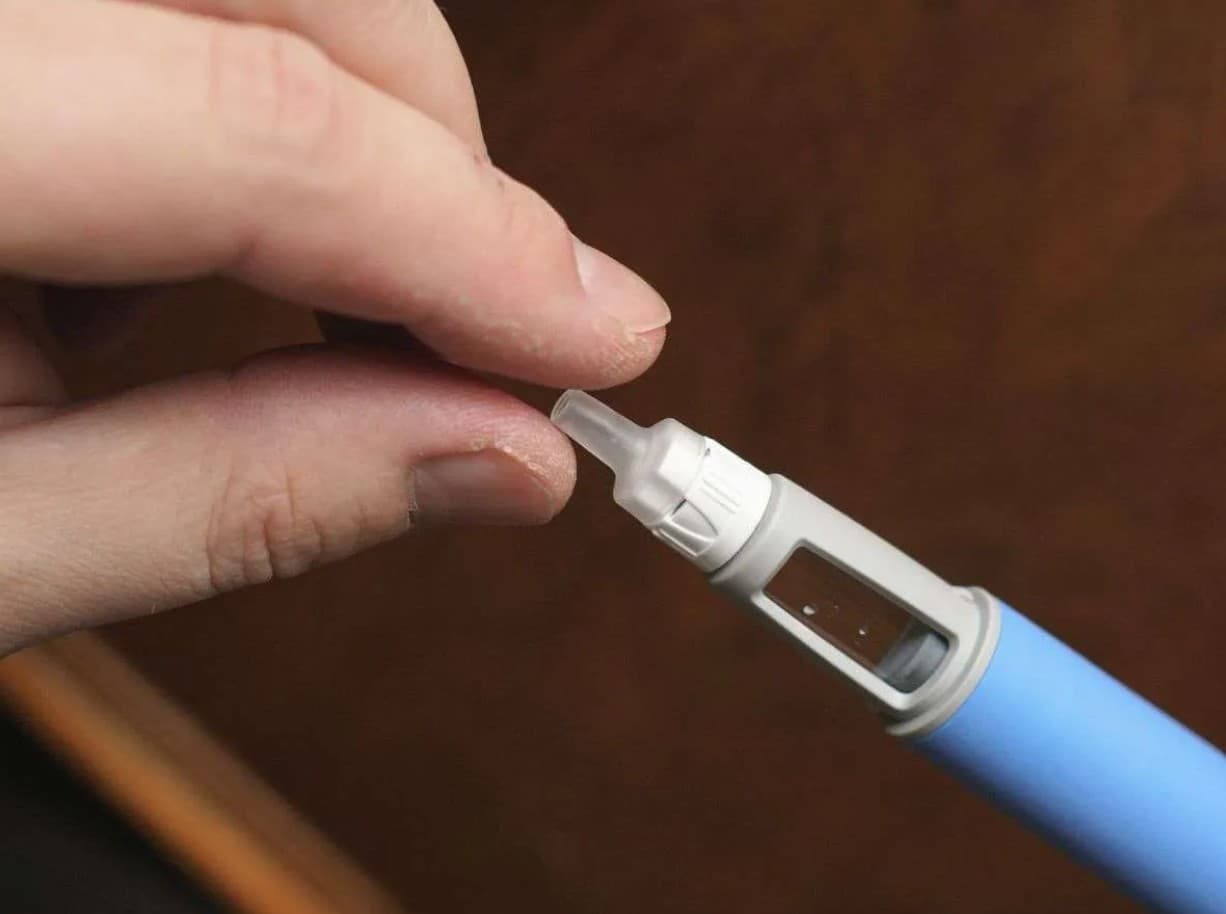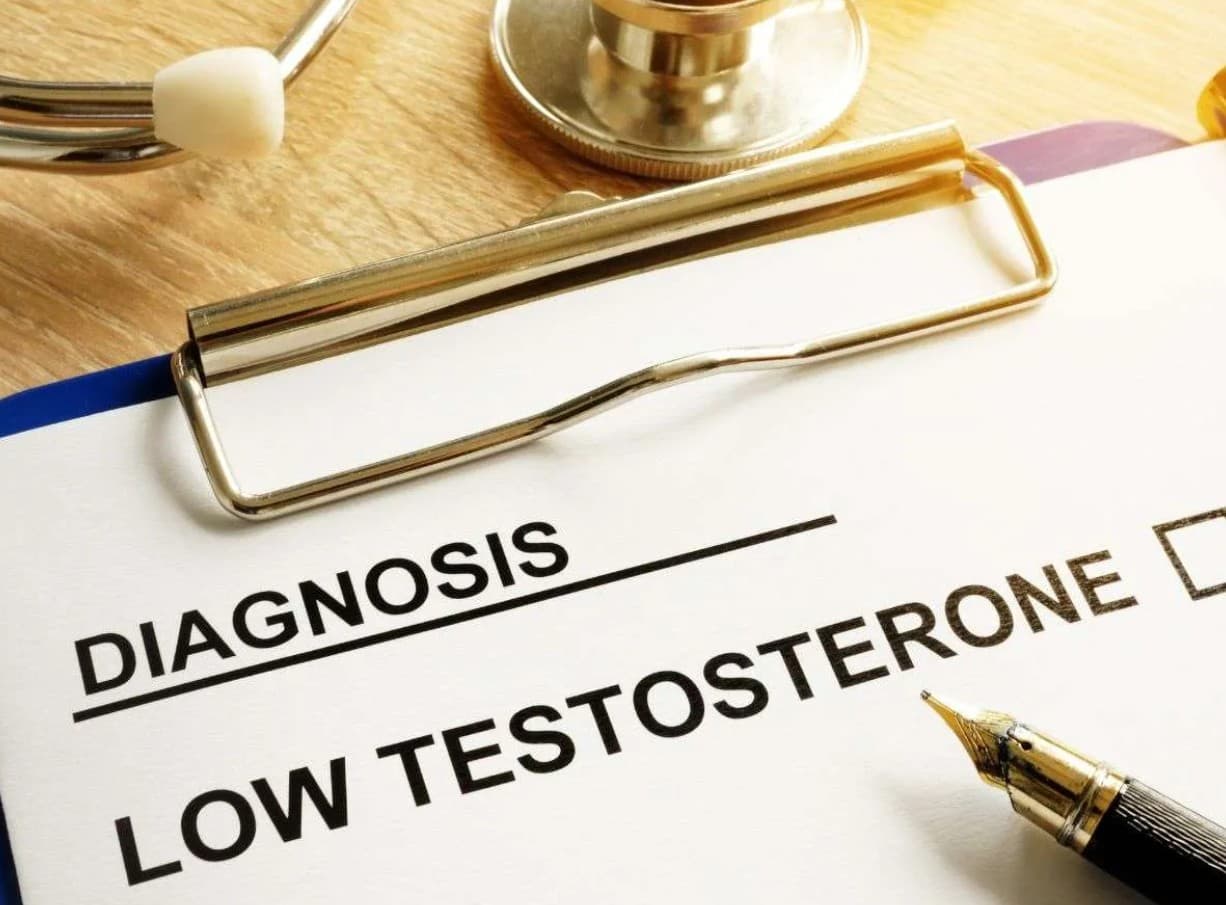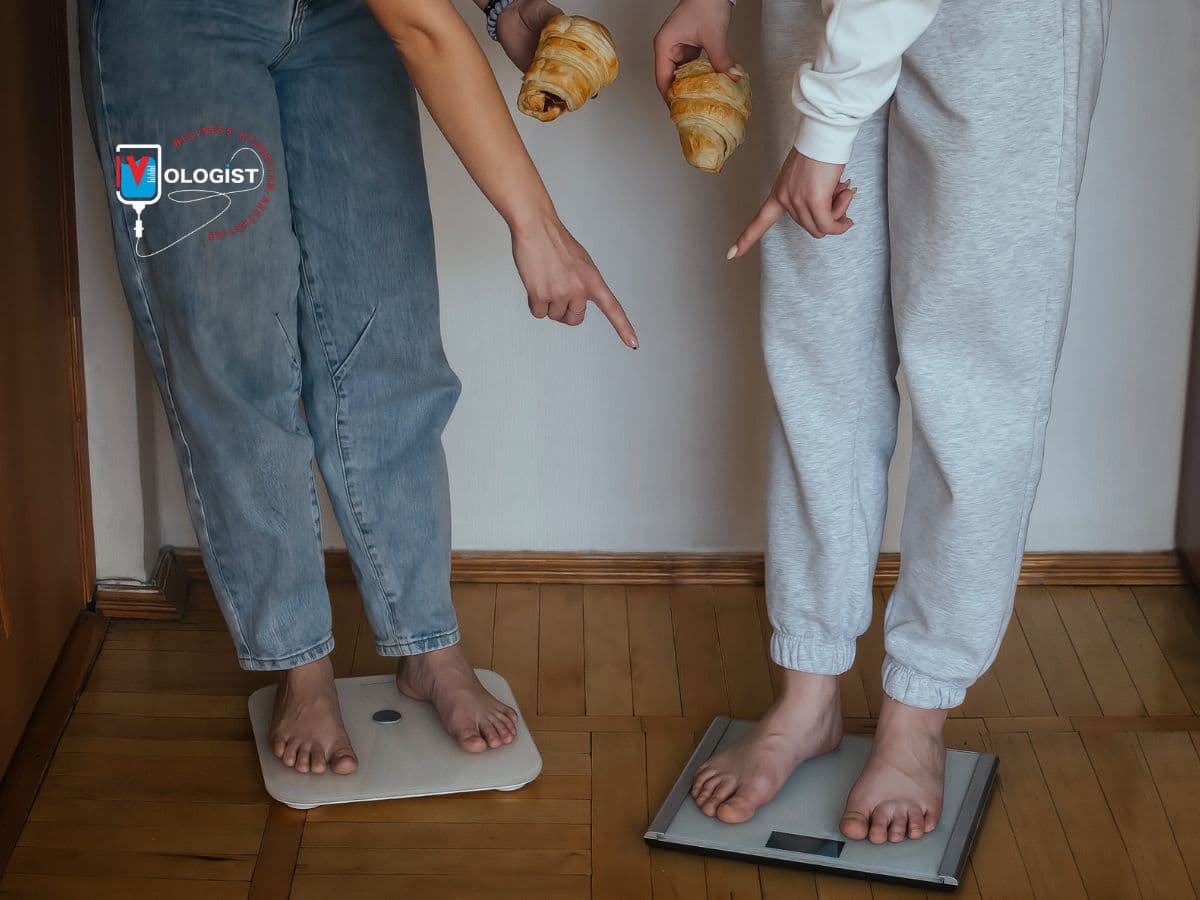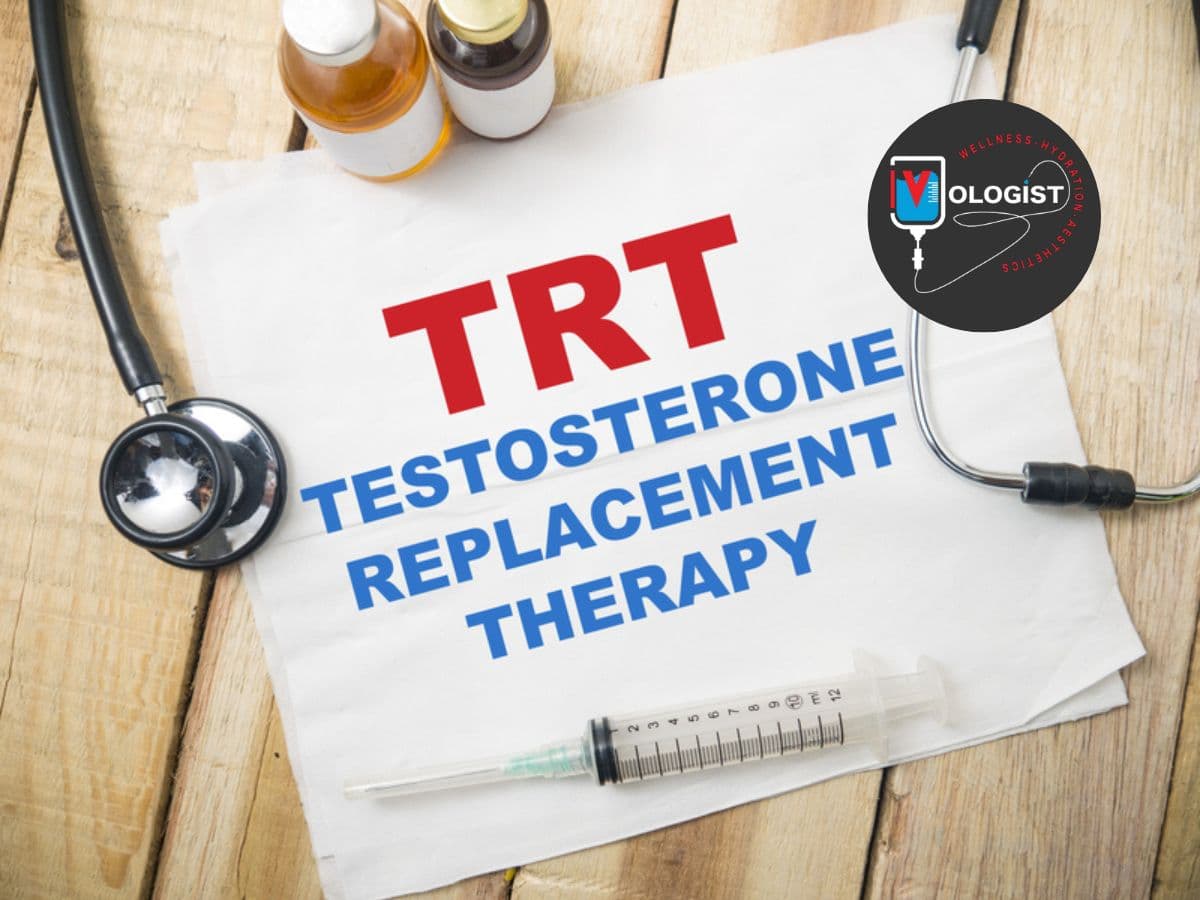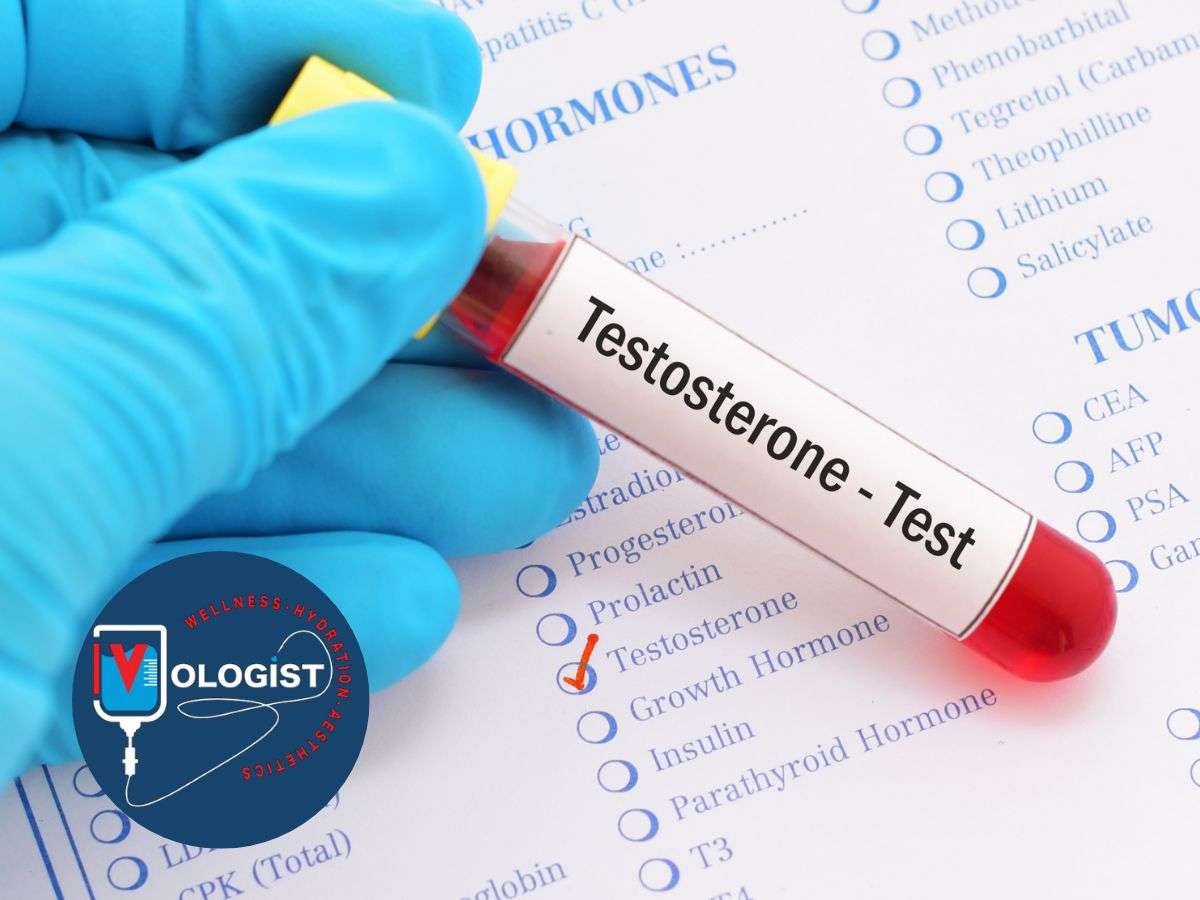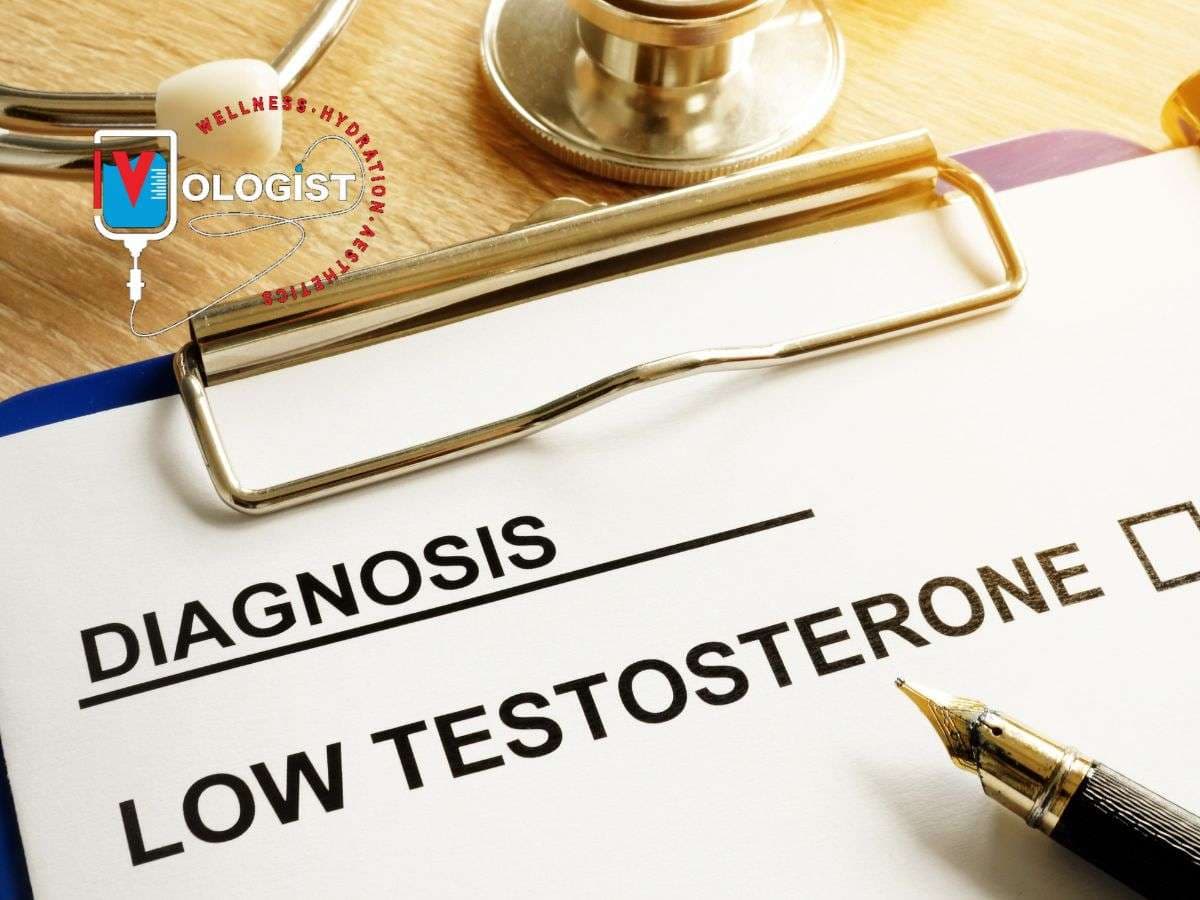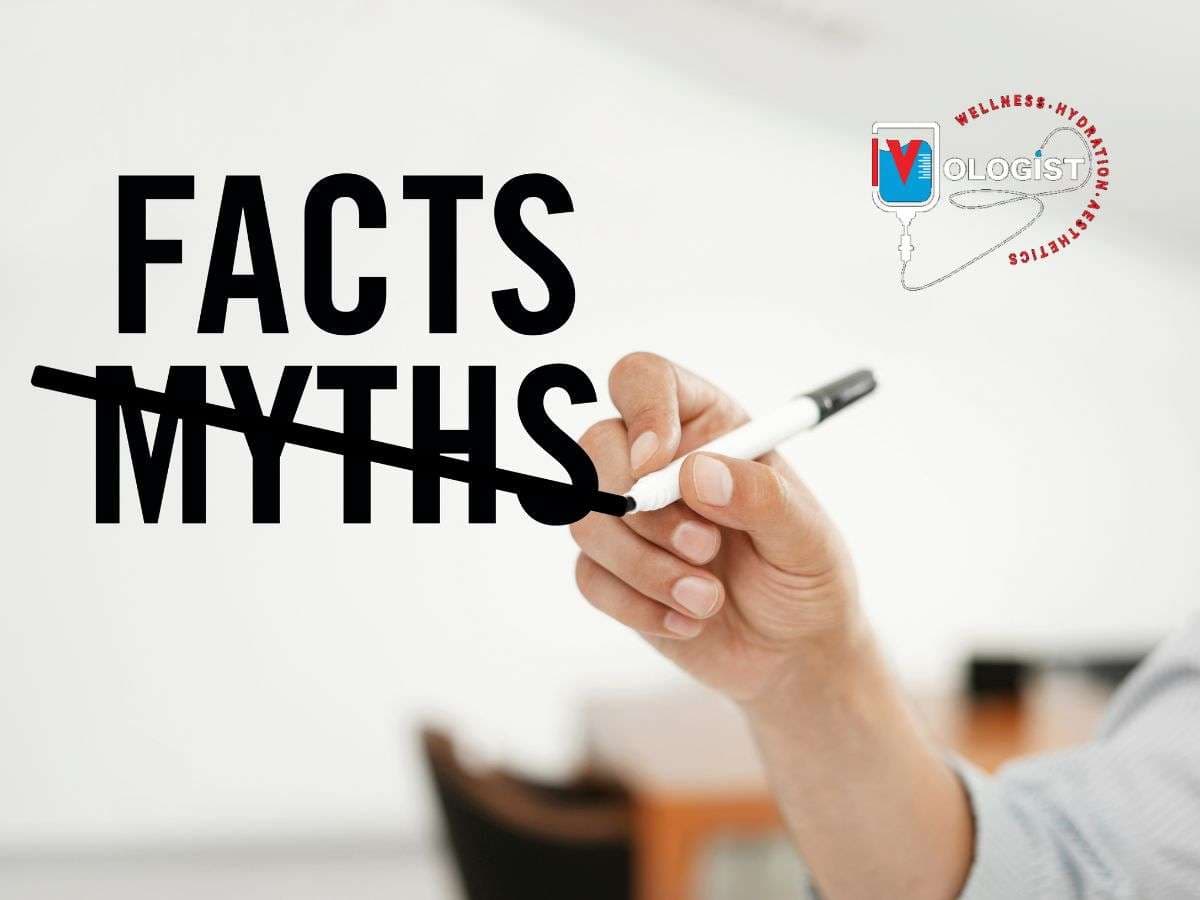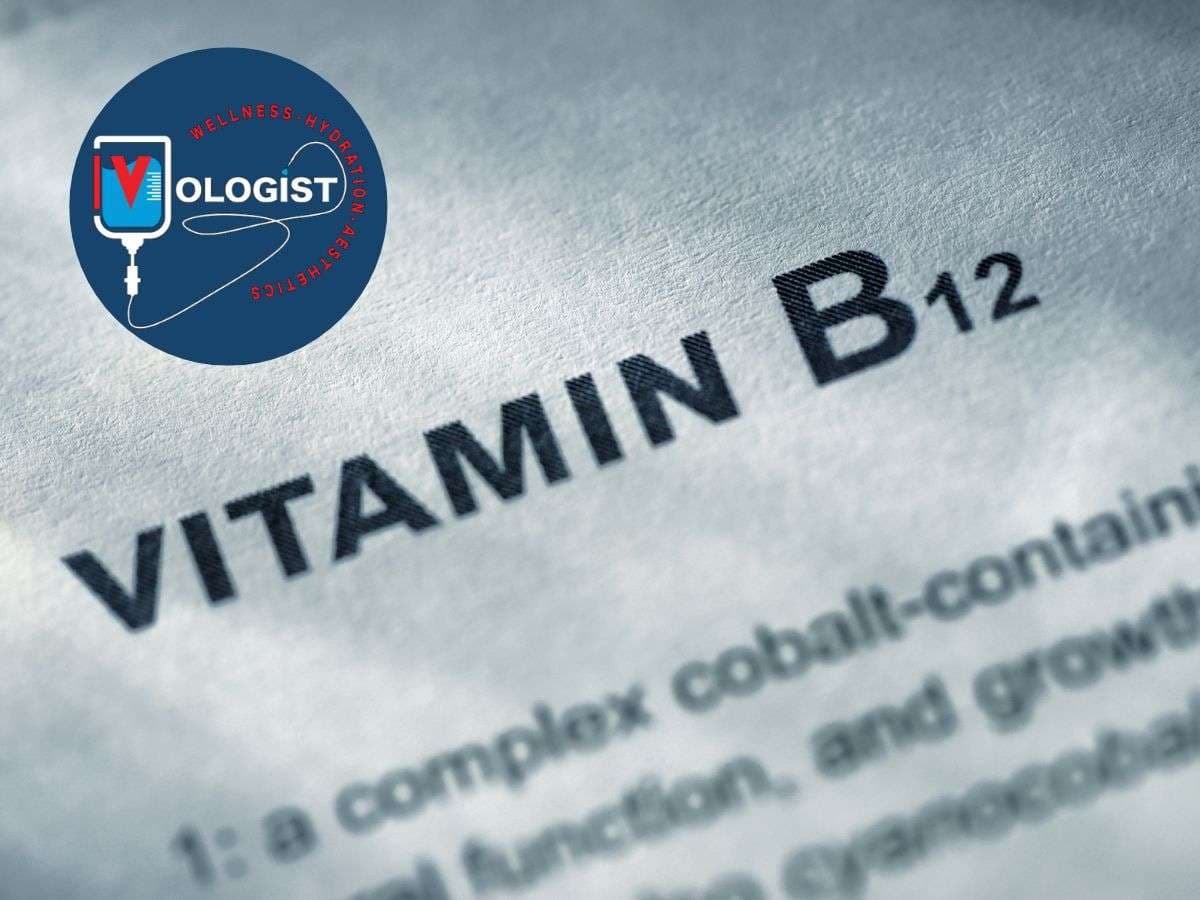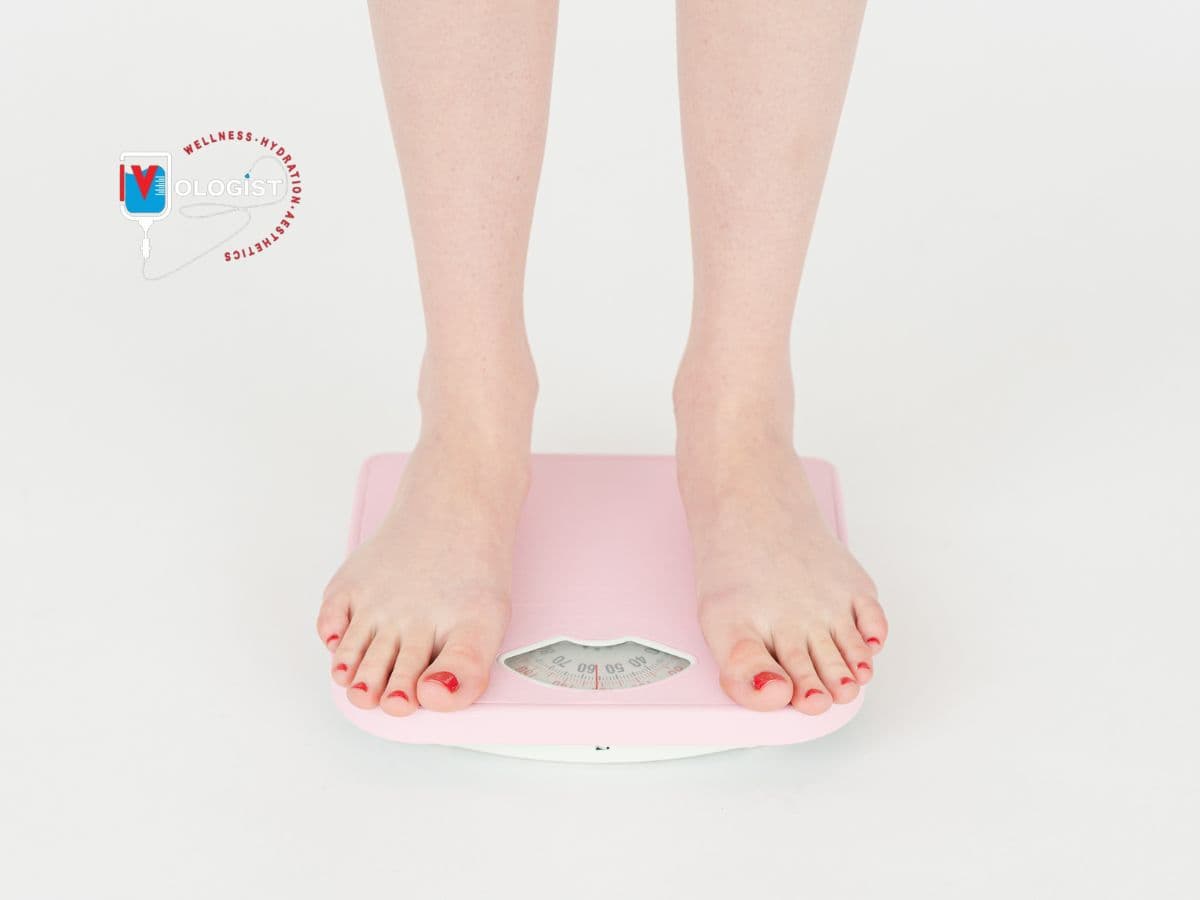What Exactly Is Low T?
Testosterone 101 — Your Body’s Wi-Fi Signal
Let’s keep it simple: testosterone is basically your body’s Wi-Fi signal. When it’s strong, everything runs smoothly—you’ve got energy, focus, muscle growth, and yes, interest in romance. When it’s weak, everything lags. Workouts feel like punishment, motivation disappears, and Netflix & chill turns into just… Netflix.
Testosterone is produced mainly in the testes (shocking, I know) and plays a role in much more than sex drive. It influences muscle mass, bone density, red blood cell production, fat distribution, and overall mood. Translation? It’s not just about being “manly.” It’s about keeping your whole system online and firing properly.
When testosterone dips below healthy levels, men often describe feeling like they’ve lost their edge. It’s not dramatic overnight—it’s more like your body slowly downgrades from high-speed internet to dial-up. And nobody wants to live like it’s 1999.
Why Testosterone Levels Drop
So why does your Wi-Fi cut out? There are a few common culprits, and most men will face at least one of them during their lifetime.
- Age: — Testosterone levels naturally decline about 1% each year after age 30. That means by the time you hit 50, you could be operating at 20% less than your younger self.
- Chronic stress: — Cortisol, the infamous stress hormone, is basically a testosterone buzzkill. High stress = lower T.
- Poor sleep: — Your body makes the most testosterone during deep sleep. Less shut-eye = less hormone production.
- Health conditions: — Obesity, diabetes, thyroid disorders, and certain chronic illnesses can drag levels down further.
According to the Mayo Clinic, about 1 in 4 men over 30 have lower-than-normal testosterone levels. That’s not exactly rare—it’s practically a rite of passage in modern life. And it’s one of the big reasons conversations around TRT for men are becoming more mainstream.
Signs You Might Be Living in “Low T Land”
Here’s the reality check: you don’t need a lab coat to spot some of the warning signs. Fatigue that won’t go away is often the first clue, even if you’re logging plenty of sleep. Then there’s the gym factor—strength training starts to feel like pushing pudding uphill, and recovery takes forever.
Romantic life? That spark may fizzle into a steady “meh.” When low testosterone kicks in, libido is usually one of the first casualties. Add to that mood swings worthy of a reality TV star meltdown, and suddenly your partner, coworkers, and friends are all wondering what happened to your chill.
Put simply, Low T can sneak into every part of your life—from your career performance to your relationships and even your sense of self. The problem is, many guys chalk it up to “just getting older.” But sometimes, it’s not age—it’s an imbalance your body doesn’t have to just “live with.” That’s where TRT for men enters the conversation. When supervised by a doctor, it’s not about shortcuts—it’s about giving your body the tools it needs to function the way it was designed to.
